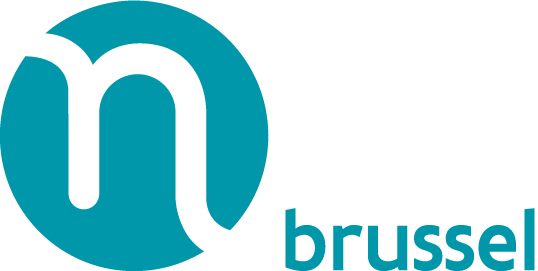Cinema Parenthèse
Cinema Parenthèse is a platform in Brussels, Belgium that invites alternative filmmakers and screens films in their original format. The screenings are based on a dialectical montage, the collision between single films and different film programmes, an ongoing series about investigating different film strategies in political and aesthetic manners.
Cinema Parenthèse is interested in filmmakers and individual films that want to go beyond - based on different practices - ethnographic and anthropological studies, field and archival work. Films that can be understood as an experimentation with the discovery and unveiling of places and people, acting as a melting pot for various social, political and cultural specificities and cross-cultural experiences. Camera positioning, architecture of the image, the pro-filmic (everything in front of and registered by the camera), the non-diegetic, the soundtrack, politico-cultural diversity and the challenges in representation are central concerns in the films we shall screen. Films which refers to a rethinking of both aesthetics and cultural representation, and show its ability to see film as cultural representation – as opposed to seeing through film. The resistance to the salvage paradigm lies not in abandoning its allegorical structure but by opening the mind’s eye to different histories, and seeks ways of revising the production of otherness in the representation. To deal with history and to overcome the binary oppositions in us and them and self and the others is also of vital interest within our project.
Cinema Parenthèse is also interested in film as structure or structure as film. Films that use different methods (optical printing, refilming, color separation, loops, superimposition) to manipulate and transform short film sequences or single frames in a structural and time-based manner. Cinema Parenthèse focuses on structural materiality, film as film and film as materiality. Films that - with different methods - bring out how deconstruction of the original material results in unexpected constellations and visual rebuilding for a 'new' film structure.
Read more

